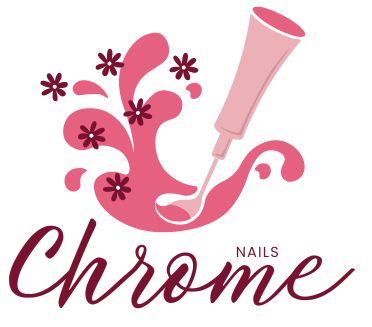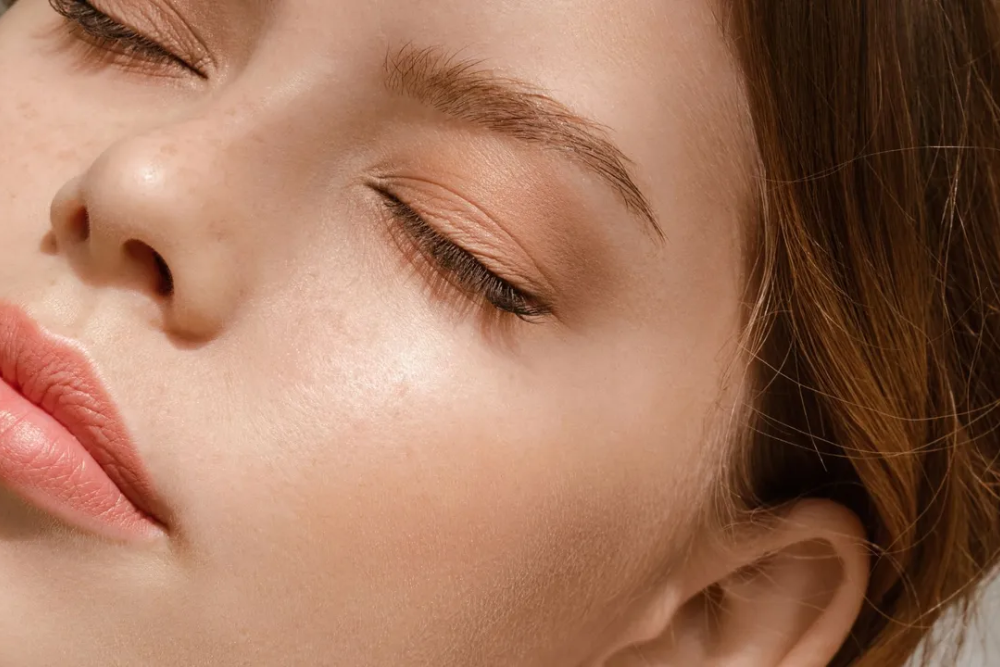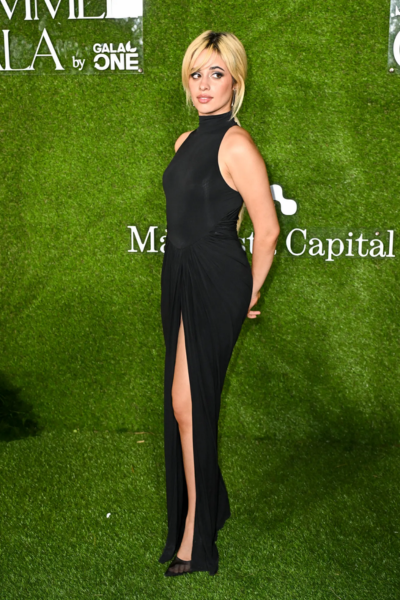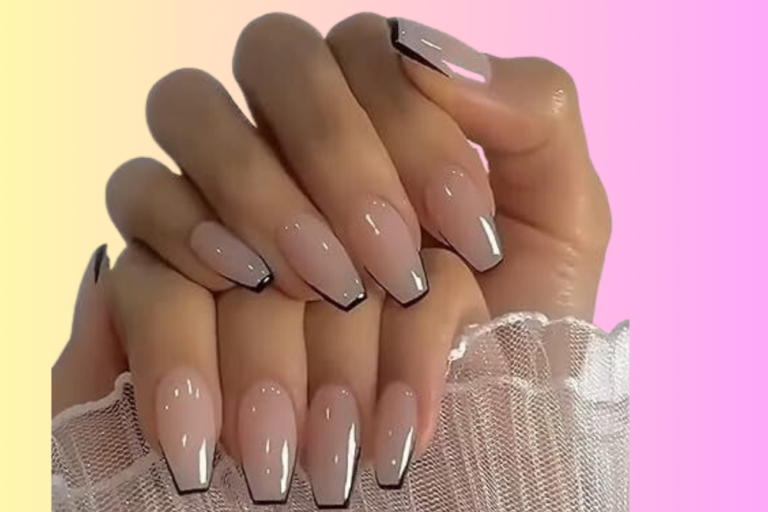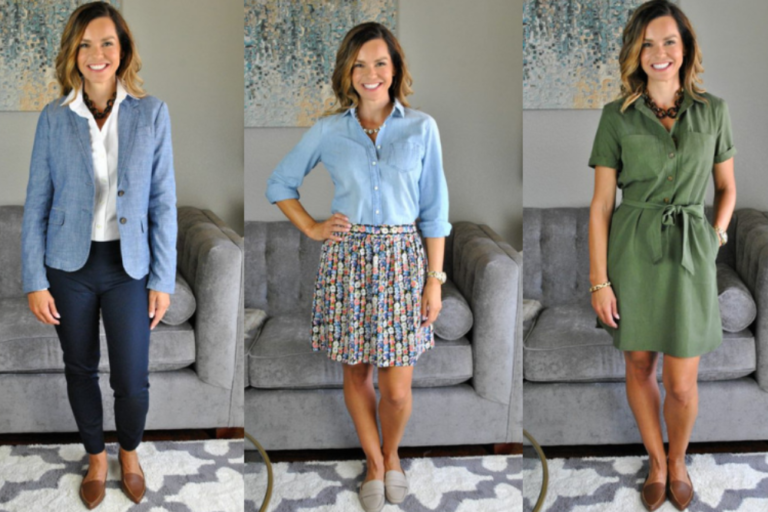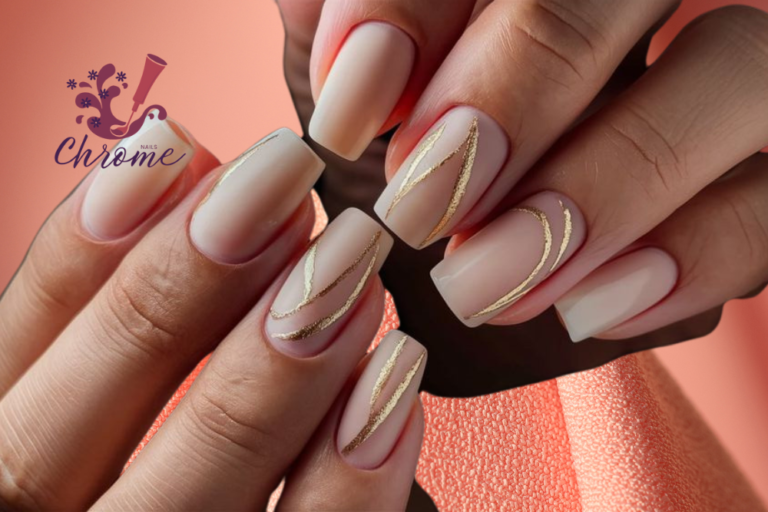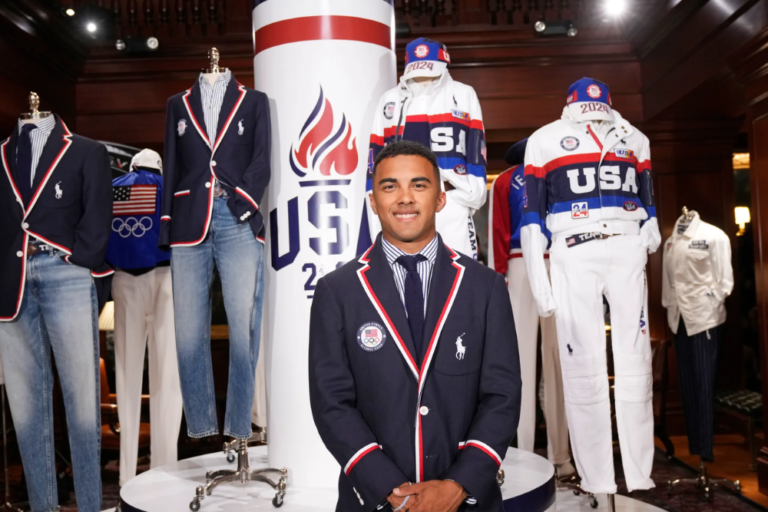My BBL Treatment Experience: The Calmest and Healthiest My Skin Has Ever Been
I’ve always been passionate about skincare. From an early age, I kept up a skincare routine (thanks to my mom), used sunscreen daily since I was 21, and tried many different skin treatments as a journalist. Recently, I kept seeing BBL, or broadband light therapy, on my social media feed. People were raving about its results for treating hyperpigmentation and redness. After two skincare experts recommended it to me in one week to help with my redness, I decided to give it a try. If you’re curious about BBL treatment, here’s what I think you should know, along with my review of the process and the results.
What is BBL?
BBL, or broadband light therapy, uses light to target specific areas of the skin. Elena Maxim, an aesthetic practitioner at Mallucci, who did my treatment, explained that the light gets absorbed by the skin’s chromophores (molecules that absorb light) to reduce pigmentation, like brown spots, and seal dilated blood vessels. BBL also helps promote collagen and elastin production, making the skin tighter and smoother.
For my treatment, Maxim focused on lightening brown spots caused by sun damage and reducing overall redness, especially around my nose where I had broken capillaries.
The best candidates for BBL are those with dark spots, uneven skin pigmentation, fine lines, acne, and wrinkles. However, it’s not for everyone. Certain medications, like Accutane, can make you ineligible for BBL. Open wounds can also make the treatment unsuitable, as it might cause more post-inflammatory hyperpigmentation or scarring. Pregnant and breastfeeding women should avoid BBL. It’s important to consult with an experienced practitioner to see if BBL is right for your skin type, as some laser treatments can worsen hyperpigmentation.
What’s the Difference Between BBL and Laser?
BBL isn’t actually a laser; it’s a type of light therapy. It’s different from intense pulsed light (IPL) therapy because it can reach different depths in the skin layers. This means BBL generally has less downtime compared to some lasers.
Maxim explained that while IPL and BBL are similar, BBL is more precise, targeting specific skin issues with greater accuracy. It can also reduce wrinkles and stimulate collagen production, leading to smoother, younger-looking skin. Another plus is that BBL has little to no downtime.
The BBL Process
Step 1: Initial Consultation and Skin Analysis
Before starting the BBL treatment, I had an initial consultation where we discussed my skin concerns and goals. The aesthetic practitioner, Elena Maxim, used a VISIA skin analysis machine to get a detailed look at my skin. This machine can detect underlying damage that isn’t visible to the naked eye, such as sun damage, pigmentation, and vascular conditions. This step is crucial for creating a personalized treatment plan. Since I had already undergone a VISIA scan a few weeks prior, we didn’t need to go over it again, but it’s a helpful tool for tracking progress over time.
Step 2: Preparing for the Treatment
Next, Maxim applied an ultrasound gel to my face. This gel serves two main purposes: it helps conduct the light energy into the skin and provides a cooling sensation to make the treatment more comfortable. For someone like me with rosacea-prone skin, the gel felt soothing and helped reduce any initial redness or irritation. However, it’s worth noting that the gel can feel quite cold upon application, which might be surprising if you’re not expecting it.
Step 3: The Light Therapy Treatment
Once the gel was applied, the actual BBL treatment began. Maxim used a specialized device that emits broadband light. This light targets various skin concerns based on the specific wavelengths used. For example, different wavelengths are used to address pigmentation, vascular lesions, or texture issues. During my session, Maxim adjusted the settings to focus on lightening my brown spots, reducing overall redness, and treating the broken capillaries around my nose.
The sensation during the treatment varied depending on the area being treated. For the most part, it felt warm but not painful. However, the bright light can be somewhat uncomfortable, even with protective eye coverings. I could still see some of the flashes, especially when Maxim was working on my forehead. The device emitted a series of quick pulses, and the feeling was similar to a light, warm snap against the skin.
Step 4: Targeting Specific Areas
One of the final steps involved treating the more sensitive areas, such as the vessels around my nose. Maxim warned me that this part might feel “spicy,” and she was right. The sensation was more intense than in other areas, akin to a very strong threading session around the nose—sharp and quick, but tolerable. It’s important to communicate with your practitioner during this phase; Maxim frequently checked in to ensure I was comfortable and could handle the sensation. Despite the discomfort, the results were immediate: the tiny blood vessels that had been visible around my nose disappeared almost instantly.
Step 5: Post-Treatment Care
After the treatment, Maxim applied a generous layer of sunscreen to protect my skin from UV rays. This is a critical step because BBL can make your skin more sensitive to the sun. She also provided me with aftercare instructions, including avoiding direct sun exposure, using a gentle cleanser, and applying a hydrating moisturizer to soothe the skin. Maxim emphasized the importance of sunscreen, especially since the treatment can make the skin more vulnerable to sun damage.
Step 6: Downtime and Recovery
Immediately following the treatment, my skin was a bit red, but this was expected and not bothersome for me, as I’m used to redness due to rosacea. Over the next few days, the treated areas began to darken. This is a normal part of the healing process, as the pigmentation rises to the surface and eventually flakes off. It’s crucial not to pick or scratch at these areas, as it can lead to scarring or prolong the healing process.
By day 7, the darker spots had flaked off, revealing clearer, more even-toned skin underneath. The broken capillaries around my nose were significantly reduced, and my overall redness had diminished. While some redness still persists, especially during workouts or on hot days, it’s much less noticeable than before.
This comprehensive process not only helped with pigmentation and redness but also had a calming effect on my skin overall. I noticed a reduction in the frequency and severity of flare-ups related to perioral dermatitis around my nose, which had been an issue for me in the past few months.
Overall, the BBL process was thorough and customized to my specific skin needs. It’s essential to follow the aftercare instructions and schedule follow-up sessions as recommended to maintain and enhance the results.
BBL Downtime
My face was a little red right after the treatment, but as someone with rosacea, I was used to this. Over the next week, the treated areas became darker and more noticeable, like dirt on my face. This was the pigmentation getting ready to flake off.
By day 7, my skin looked clearer than it had in years. The pigmentation was gone, the visible vessels around my nose had disappeared, and the redness had notably reduced. Though some redness remains, it’s less noticeable, even during workouts or on hot days. My perioral dermatitis around my nose has also calmed down significantly.
For treating broken capillaries, more sessions might be needed. Maxim explained that the nose area is very vascular and may require multiple sessions and occasional touch-ups. For acne, a course of six sessions is typically recommended, though this can vary per person.
